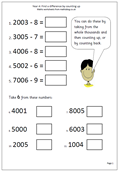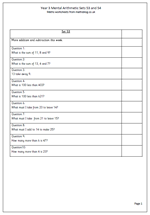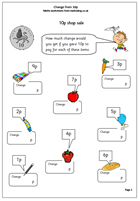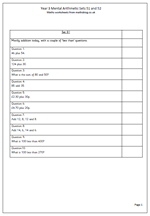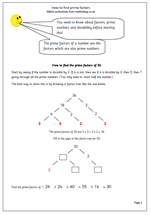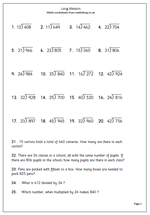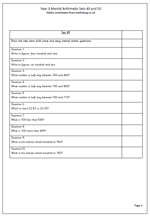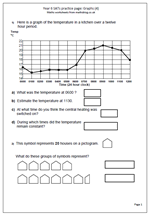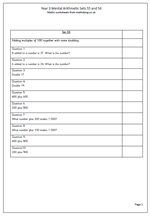 Two more sets of ten questions which add to the great collection now available for year 3 children. This week there are some tricky questions which must be listened to carefully if the correct answer is to be worked out.
Two more sets of ten questions which add to the great collection now available for year 3 children. This week there are some tricky questions which must be listened to carefully if the correct answer is to be worked out.
For example: ‘8 added to a number is 37. What is the number?’
The danger here is to add 8 to 37 rather than subtract it!
other questions cover doubling numbers in the teens. This is quite hard for year 3 children but it is hoped that they learn the answers to these off by heart as soon as possible. The rest of the set are mainly concerned with the addition of multiples of 100.
Year 3_mental arithmetic:_(sets 55 and 56)

